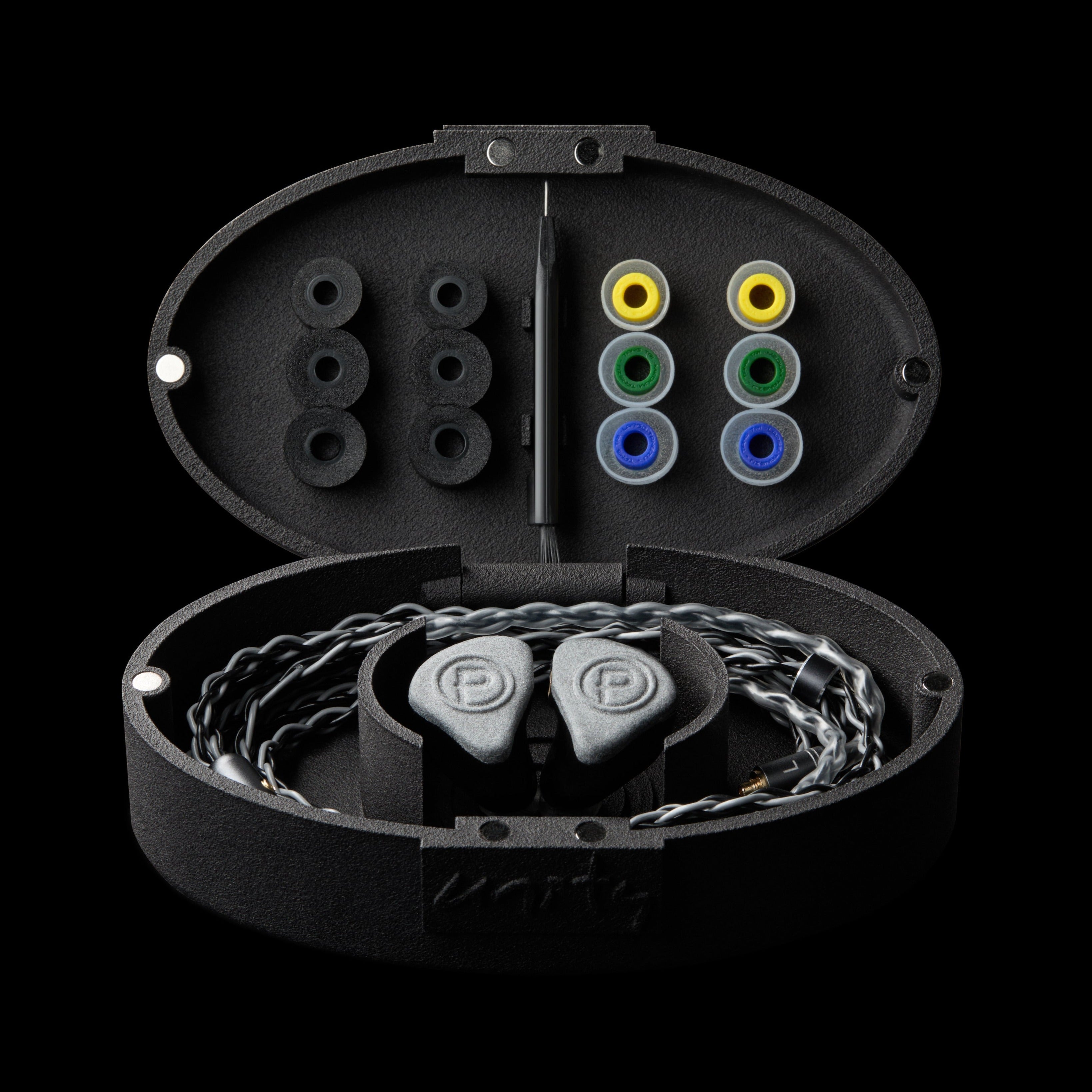In-ear monitors (IEMs) have revolutionized the way musicians, audiophiles, and casual listeners experience sound. Offering unparalleled audio quality and noise isolation, IEMs are essential for anyone serious about their listening experience. However, there is a critical aspect of using IEMs that often goes overlooked: the importance of wearing both earpieces at all times. In this blog, we will delve into why you should never wear just one IEM and the implications for hearing protection and overall audio experience.
Understanding IEMs: The Basics
In-ear monitors, commonly known as IEMs, are specialized earbuds designed to fit snugly in the ear canal. They provide high-fidelity audio and effective noise isolation, making them popular among musicians during live performances and studio sessions. IEMs come in various configurations, including custom-molded options and universal models.The Importance of Hearing Protection
Hearing protection is a paramount concern for anyone exposed to loud environments, especially musicians. Prolonged exposure to high decibel levels can lead to permanent hearing damage, including tinnitus and hearing loss. IEMs help mitigate this risk by providing noise isolation, which allows users to listen at lower volumes while still enjoying clear, detailed sound.The Dangers of Wearing Just One IEM
While the benefits of using IEMs are clear, wearing only one earpiece can pose significant risks to your hearing and overall experience. Here’s why:- Hearing Imbalance: Using a single IEM creates an imbalance in the auditory input to your ears. Your brain compensates by increasing the volume of the sound in the open ear, which can lead to overexposure to loud noises. This imbalance can strain your auditory system and increase the risk of hearing damage in the unprotected ear.
- Spatial Awareness: IEMs provide a stereo audio experience, essential for spatial awareness in music and live performances. Wearing just one IEM disrupts this stereo field, making it difficult to perceive the direction and depth of sounds. This can be particularly problematic for musicians who rely on spatial cues during performances.
- Noise Isolation: One of the key advantages of IEMs is their noise-isolating capabilities. Wearing only one earpiece reduces this isolation, allowing more ambient noise to enter the unprotected ear. As a result, you might be tempted to increase the volume of the IEM to compensate, which can further damage your hearing.
- Comfort and Fit: IEMs are designed to be worn as a pair to achieve the best fit and comfort. Wearing just one can feel unbalanced and uncomfortable over extended periods, detracting from your overall listening experience.
Best Practices for Using IEMs
To maximize the benefits of IEMs and protect your hearing, follow these best practices:- Always Wear Both Earpieces: Ensure you use both IEMs to maintain auditory balance, proper noise isolation, and optimal sound quality.
- Monitor Volume Levels: Keep the volume at a safe level. With the noise isolation provided by IEMs, you can often listen at lower volumes without losing audio clarity.
- Take Breaks: Give your ears regular breaks during long listening sessions to prevent fatigue and potential hearing damage.



